Remember Orkut? Or Friendster? How about MySpace and Classmates?
Maybe you do, maybe you don’t, because social media platforms come and go faster than most of us can keep up. For every success like Snapchat, there are plenty of others that failed to gain any serious momentum, even if they were fun and innovative ideas.
Are you familiar with Vero?
You know Facebook, of course, and Twitter, Pinterest, Instagram, LinkedIn, and WhatsApp. They’re good (though not perfect). You probably use them at least once a day.
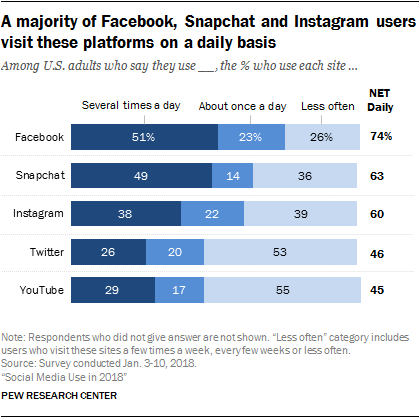
But we don’t find one platform that we like and stop. According to a recent study of social media in the United States, most people use an average of three of the top eight platforms.
Facebook and YouTube are used by a significant percentage of those on other sites and apps. Consider them the stalwarts. Most people have an account on those two behemoths (Facebook has 2.167 billion and YouTube 1.5 billion users) and at least one other platform.
But do you know Badoo, Snapfish, Tout, or Line? The point is, there are hundreds of social media platforms out there that you’ve never heard of, for virtually every niche, interest, or group of people.
Some won’t make it or be worth your time. But others may be the platform you’ve been looking for…
And that brings us back to Vero.
What is Vero Social Media?
The words “revolutionary” and “game-changer” are tossed around too much these days.
That said, I’m going to throw caution to the wind here. What is the Vero app? It’s nothing less than the evolution of social media. It’s both revolutionary and a game-changer. It’s true social.
Vero labels itself “more social, less media”, and with its focus on providing a natural and ad-free experience, it’s hard to argue with it. Initially launched a couple of years ago by billionaire Ayman Hariri, movie financier Motaz Nabulsi, and venture capitalist Scott Birnbaum, the platform has only started to take off recently.
Why exactly is anyone’s guess, but growing frustration with Instagram and its incredibly unpopular algorithm, combined with a growing number of data leaks on other platforms, may have been the catalyst.
According to Google Trends, Vero’s popularity as a search term has been steady albeit not spectacular over the past year. The spike seen above occurred around the time the Facebook data breach became big news and people were looking for alternatives.
Regardless of why, the app shot up from outside the top 1500 on the App Store, to #566, and finally #1 over the course of just a few days. It has since gone down again, but is seeing faster growth than at any other time in its history. Vero recently passed 3 million downloads.
“We wanted to build something that stood for something beyond a gimmicky, one-feature thing. We wanted it to be an extension of how you want to express yourself. [On other social apps] you’re performing for the crowd. Research shows that people are becoming more and more negatively affected by having to do that all the time. We wanted to create an online social network … that allows you to just be yourself.”
~Ayman Hariri, CEO of Vero
The Vero app strives for transparency where the other platforms prefer working behind the curtain.
Vero v. Instagram v. Facebook v. Twitter – Differences
On the surface, the Vero app is very similar to mainstays like Facebook, Twitter, and Instagram. You can post photos, videos, and links, share locations, or recommend books, music, and films. Others can like and comment on what you share. Sound familiar?
But it distinguishes itself in some very important ways: No ads. No algorithms rearranging your posts and limiting who sees what. No data mining. Chronological feeds.
In fact, Vero makes public its manifesto and business model for anyone interested in what they do, and why they do it. Vero believes that people naturally seek connections, and that explains the explosive growth of social media over the past 10-15 years.
Here’s what it all boils down to according to them:
But as time passed, an imbalance began to form between the interests of the platforms and the best interests of the users. We made our business model subscription-based. making our users our customers, not advertisers.
Basically, you are the product sold to advertisers on other platforms. Facebook makes billions selling ads to brands and companies based on the data they collect from their 2.167 billion users. You are not a customer to them. You are a product to be sold.
The same is true for Twitter and Snapchat and Instagram (owned by Facebook, lest we forget).
Vero takes the opposite approach. By using a subscription-based model, they’re beholden only to their users.
Every decision, every tweak, every new feature, every change to their design and interface needs to keep their users happy and satisfied. They need to respond to the needs of their users. They have to address the complaints of their users.
The user is the customer. The platform is the product. And that is a revolutionary idea in social media.
But that’s not all. Facebook, Instagram, Twitter, Snapchat, LinkedIn, and others want you to spend as much time as possible on their platforms. They want you to engage in mindless scrolling of feeds for hours each and every day, because they collect data on your browsing behavior.
The more users they have, the more they can charge advertisers.
The longer you spend browsing feeds – which are increasingly becoming mostly ads and sponsored content – the more they can parade those statistics in front of their customers.
1.40 billion daily active Facebook users who spend an average of 20 minutes on the platform each visit is an enticing potential audience for an advertiser.
American adults spend an average of 25.29 minutes per day on Facebook. And they want you to continue doing that.
You don’t need me to tell you that social media is addictive. It’s designed that way. In fact, Facebook, Instagram, and Twitter send out notifications intended to pull you back in to their platform over and over again throughout the day.
Here, once again, Vero sets itself apart.
While they do want you to use and enjoy the app, they also want you to be aware of how much time you spend on it.
To that end, there are no push notifications, and they are the first and only social media platform to include usage info on your dashboard. You can quickly see how much time you’ve spent on the app each day and each hour of that day.
The others don’t want you to think about that. Vero very much does. As they say, “social media should enhance your life, not detract from it.”
That too is a game-changer.
9 Things You Need to Know About Vero
There’s always a bit of a learning curve when you start using a new app or service. New features, new ways of accomplishing tasks, new terminology, and so on.
The Vero app is similar to other social media in some ways, and very different in others. It’s not well known…yet. Let’s take a closer look.
1. Vero was Launched in 2015
As mentioned earlier, Vero is no overnight success. It was launched in 2015 to little fanfare, and failed to generate much attention. It did reach #45 on the App Store, but quickly fell out of the top 1500 apps on the platform.
Its popularity over the past few years has been steady but unremarkable, with just a few hundred thousand downloads prior to its recent surge. But, as the saying goes, slow and steady wins the race.
Towards the end of February 2018, it had about 500,000 users. It doubled that in just 24 hours, adding 500,000 new users on iOS in the US alone.
Vero hit 3 million registered users on both Android and iOS in March 2018.
2. The App was Started Because of Personal Frustration
The men behind Vero weren’t looking to revolutionize the social media landscape. They were simply frustrated with what was available, and the pain-points of the major platforms.
To begin with, feeds on Facebook, Instagram, and Twitter are subject to some mysterious algorithm that decides what to show, who to show, and when to show it. Those sites long ago abandoned the chronological feed, showing content from newest to oldest, much to the chagrin of users.
And then, of course, there’s the advertising issue. Over the past few years, the amount of ads and sponsored content in a typical feed has been creeping up. Platforms like Facebook are funded by those advertising dollars, so they’re more concerned with keeping their advertisers happy than their users.
“When I did [join existing social networks], I found the options for privacy were quite limited and difficult to understand, and when I decided to get on and connect with a few of my friends, I noticed that their behavior online was very different than their behavior in the real world.”
~Ayman Hariri
On traditional social media, we tend to overshare and – for lack of a better word – “exaggerate” our accomplishments and activities because it’s going to be seen by everyone.
The team behind the Vero app wanted to eliminate all of that.
3. Posts Can Be Photos, Text, Music, or TV shows
Or places, videos, films, and books. This allows you to truly share where you are, what you’re watching, reading, or listening to with your connections.
The app is geared towards a visual experience – just like Instagram – so even a post about a book you’re recommending will automatically feature an image of the cover. Likewise for a song, album, movie, or television show.
Photos and videos can be shared from your gallery, or you can opt to take a new one with your camera directly in the Vero app.
4. Friends v. Followers
They’re not the same.
Friends are people you actually know in the real world.
Followers (or fans) are those that choose to follow your account for some reason, usually because they enjoy your content.
Would you share some big news or a personal tragedy with strangers on the street? Probably not. You’d go to your close friends. But on social media, it’s an all-or-nothing situation that demands we either share with everyone or no one.
Vero makes it easy to differentiate between the two groups. In fact, they’ve created 4 categories (more on that in a minute).
5. Vero is Free. For Now.
The app will eventually work on a subscription model, requiring users to pay a few dollars each year.
When they first launched, Vero planned to give their first million users a free-for-life account, but with their recent uptick in downloads, that offer has been extended.
It won’t last forever, though. In order to provide that ad-free experience, they do need to generate revenue in some way.
The subscription fee – which will likely be less than the price of a cappuccino at Starbucks once every 365 days – will allow them to keep advertisers out and the customer experience their main and only concern.
In addition to that, Vero is using affiliate links on recommendation posts.
Click on a book, song/album, or downloadable film or show, and you’re instantly taken to the corresponding purchase platform where you can opt to buy it. If you do, a small portion of that sale will go to Vero.
6. You Can’t Register for Vero on Their Website
Registration for Vero can only be done via the app. There is no option to sign up on their website.
7. Users Can Categorize “Connections”
This is another key differentiator between Vero and Twitter, Instagram, Facebook, and the like. Instead of only having one large group – fans/followers – there are actually four different categories for each connection you make:
- Close Friends
- Friends
- Acquaintances
- Followers
Every time you publish a post, you’ll be able to select which groups will see it with a simple sliding bar.
Want to share something with only your closest friends? No problem. Have another post to send out to everyone? Piece of cake.
You have complete control over who you share with…just like in real life.
8. Vero’s Interface is Different from Facebook and Instagram
You’ll immediately notice the color scheme is nothing like the other platforms. We’ve all experienced the slap-in-the-face bright light that comes with checking your Facebook feed at night. Vero uses a black background with white text and teal highlights. It looks great, and is much easier on your eyes.
There are no usernames on Vero like we see on Instagram and Twitter. You set your first and last name, and that’s what people see on your posts (although there’s nothing stopping you from using something other than your actual name).
And if you’ve ever struggled with making your photo fit the required square or rectangular shape and still look great, you’ll appreciate the fact that Vero accepts images of all shapes and sizes. No cropping required.
You can choose to edit your photos in the app itself – including a variety of filters like Instagram – but you don’t have to make any changes if you don’t want to.
Along the top of your homepage, you see five icons (L-R): search, your user profile, collections (everything shared with you is organized into categories for easy search and retrieval), notifications (you’ll receive one whenever someone wants to connect with you so you can accept and categorize them…but don’t worry, as only you can see what category you’ve assigned them), and chat.
Hit the “+” button to share a new post, and you’re whisked away to the Create Post page. Select your post type – Camera (including stuff from your gallery), Music, Book, Link, Movie/TV, or Place – and share. Make a recommendation (or not), add a comment (or not), and finally select the connection categories that will see it. Done.
From your user profile dashboard, you can manage your connections and account settings, review your previous posts and those shared with you under collections, send and review connection requests, and monitor your usage info.
9. You Can Add an Avatar
I know what you’re thinking: big whoop. All social media platforms let you set a profile picture or avatar. That’s true.
But Vero takes it a step further and lets you set up to three different avatars for the three main categories of connections. Your close friends will see Avatar A, while acquaintances will see Avatar B.
You may want to have a bit of fun with your “close friends” avatar while presenting a more professional image to your “acquaintances”. Head to Settings > Avatars > Use Three Avatars, and select the image you want for each group. Easy.
Should You Join?
It depends. Vero is a relatively new social media network, and that comes with some growing pains and glitches. The app is officially still in Beta.
It has somewhere in the vicinity of 3 million users so far, but that obviously pales in comparison to Facebook’s 2+ billion, Instagram’s 800 million, or Twitter’s 330 million. If you’re looking for everyone to be there, you may want to wait a bit longer.
Some big names have already jumped on the bandwagon, though, including Rita Ora, Selena Gomez, and Zack Snyder. Look for the check mark icon to indicate an official and verified profile, but be aware that your favorite guilty pleasure (Kim Kardashian, anyone?) may not be there.
But – and this is very important – if you’re tired of the ads, the algorithms, and the extinction of the chronological feed, then yes, you should join.
How to Use Vero
If you’ve ever signed up for a social media account, you’ll find Vero a breeze to get going. Even if you’ve never had a social media profile (those people still exist, right?), you’ll still find it a piece of cake.
1. Download the Vero app
Vero is available for both iOS and Android.
2. Sign up
Once you’ve downloaded and installed the app, you’ll have to provide a few details to get registered: your first and last name, your email address, and your mobile phone number. Within seconds, you should receive a text message with a 4-digit PIN that you need to enter in order to continue. This is used to verify your telephone.
3. Add an avatar
After registering and verifying your details, you can write your brief bio – you’re given up to 150 characters – and select your avatar from either your image gallery, or by taking a new photo within Vero itself.
4. Add connections
Your feed may look a little neglected at first because you’re not following anyone and you haven’t posted anything yet. But that’s easy to fix.
You can search for profiles to follow by name, hashtag, or keywords. Find the personalities and brands that matter to you, and follow them. Reach out to your friends, and connect (and assign them an appropriate connection category).
Add new connections at any time by clicking the teal + in the top-right corner on your connections dashboard.
Another great feature in Vero is the ability to filter what you see from every connection. Have that one friend who posts 30+ cat videos every day of the week? Turn off videos for that one person, and those damn cats will never clog your feed again.
5. Start posting
With a few connections under your belt, click the “+” button and make your first post. Share what you’re reading, watching, or listening to right now. Or let others know where you are right now. Or share a thought, photo, or video.
With its unparalleled control, you only share what you want with whom you want, and only see what you want from whom you want.
And everyone sees it all ad-free and in chronological order.
Conclusion
Social media isn’t going anywhere. Social media marketing is a crucial cog for any business or brand. Platforms rise. Platforms fall.
Will Vero buck the trend of “suddenly popular, gone by next week” that plagued apps-of-the-week like Peach and Meerkat? Only time will tell, but you have to admire the foundation and core beliefs behind the platform.
Less media. More social. No ads. No data mining. Be a user, not a product.
True social.
Have you checked out Vero yet? Why or why not? What’s holding you back?
About the Author: Neil Patel is the cofounder of Neil Patel Digital.
from The Kissmetrics Marketing Blog https://ift.tt/2q6P3j8
via IFTTT
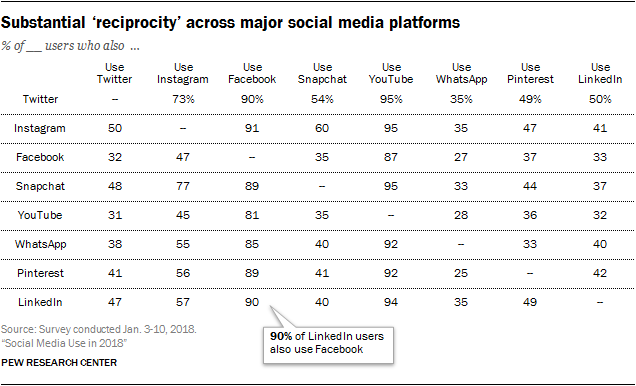
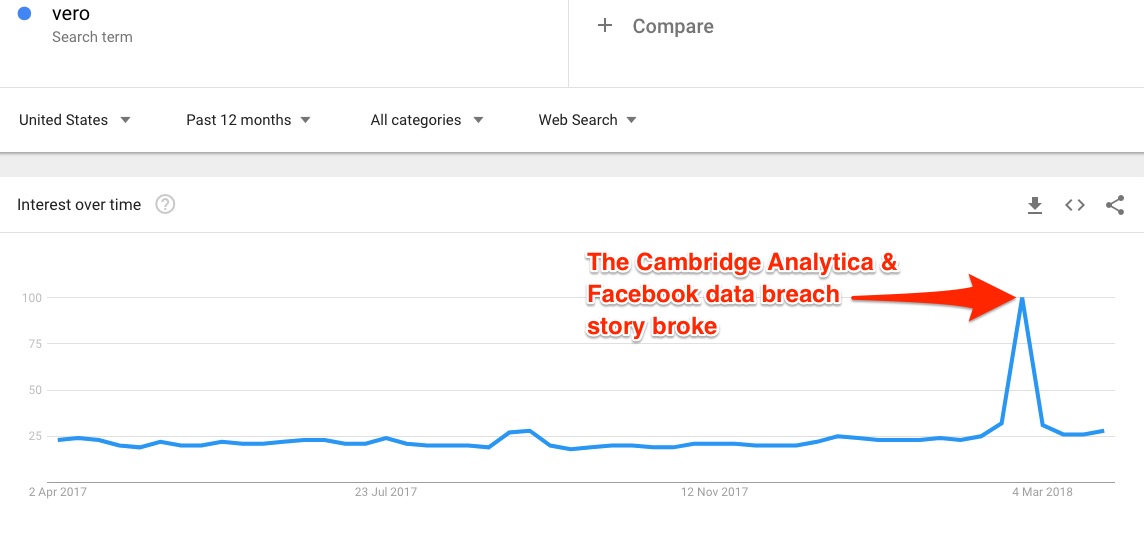
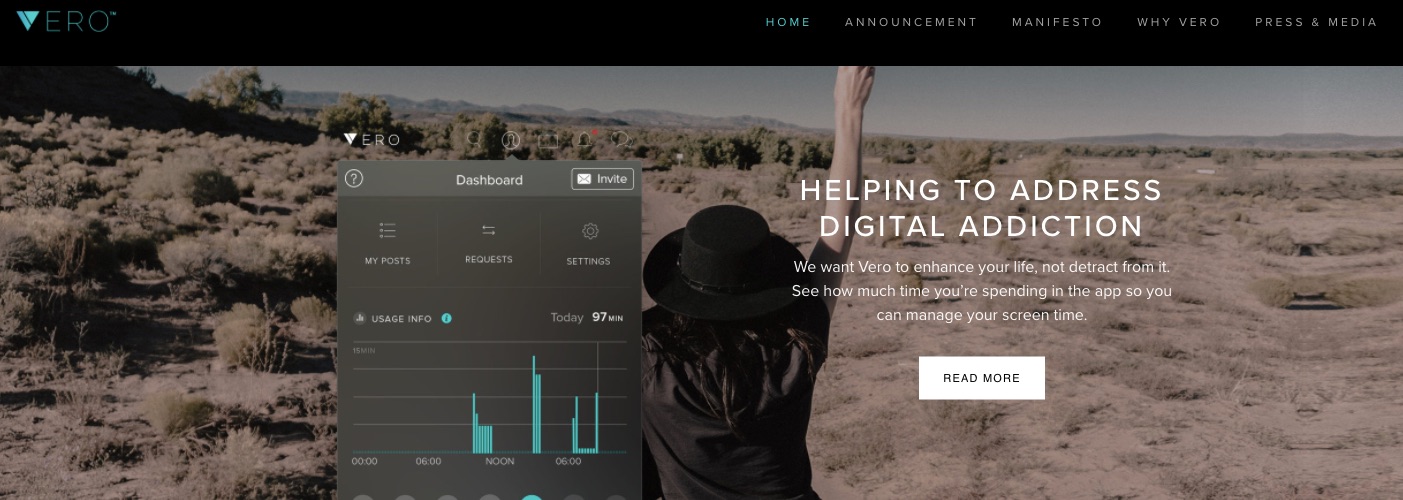

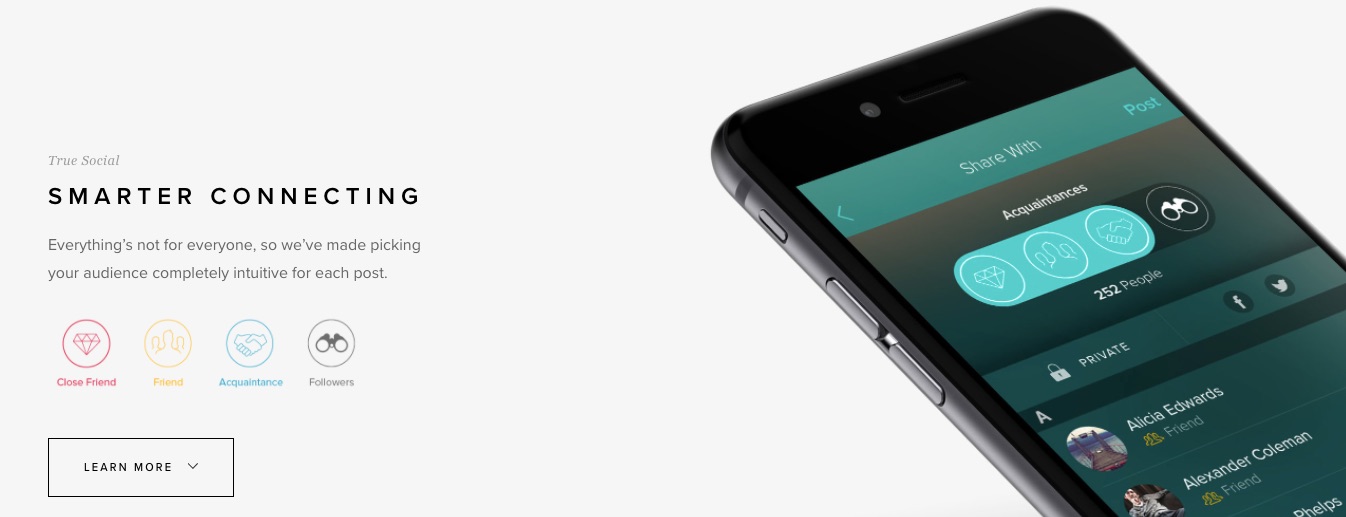
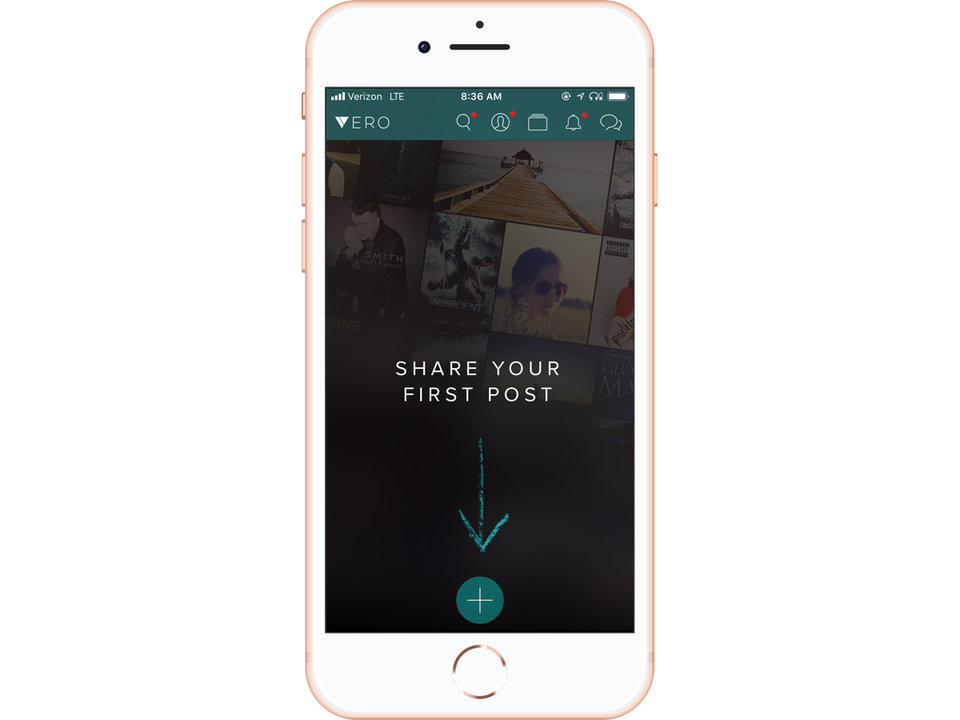
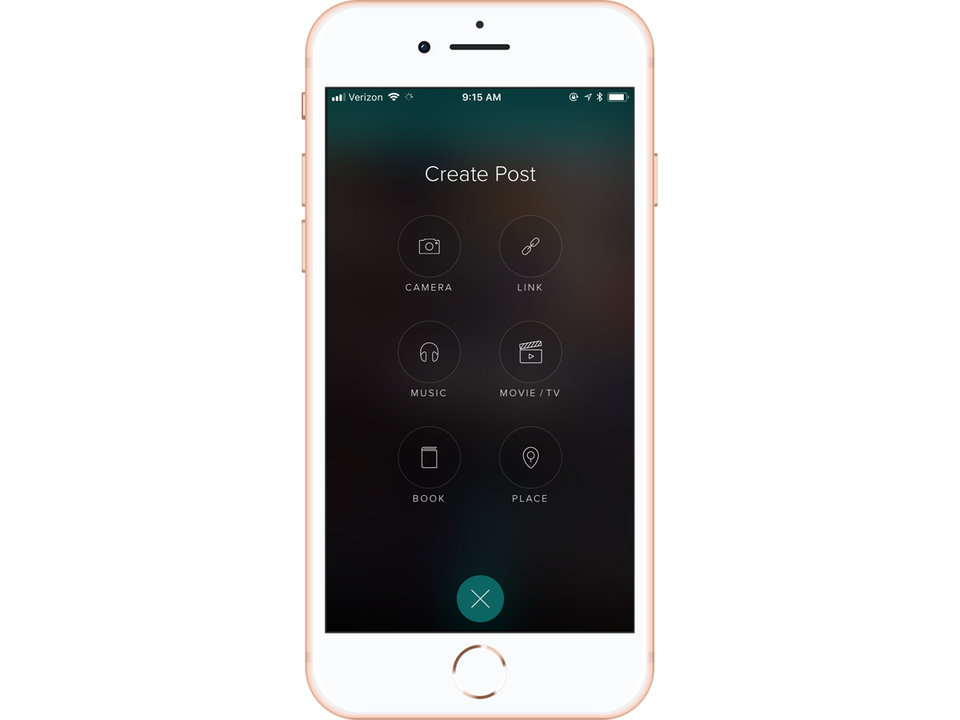
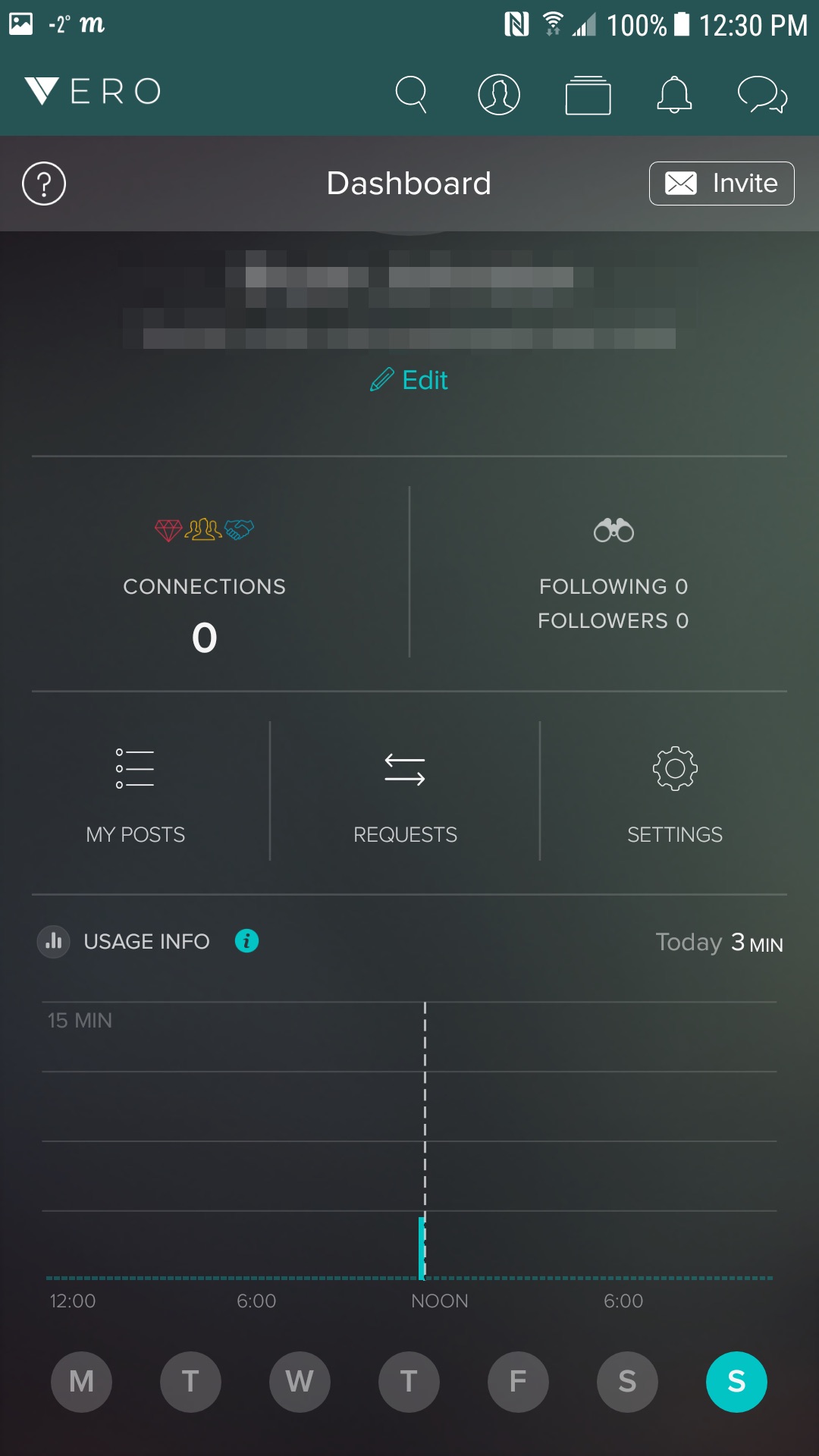
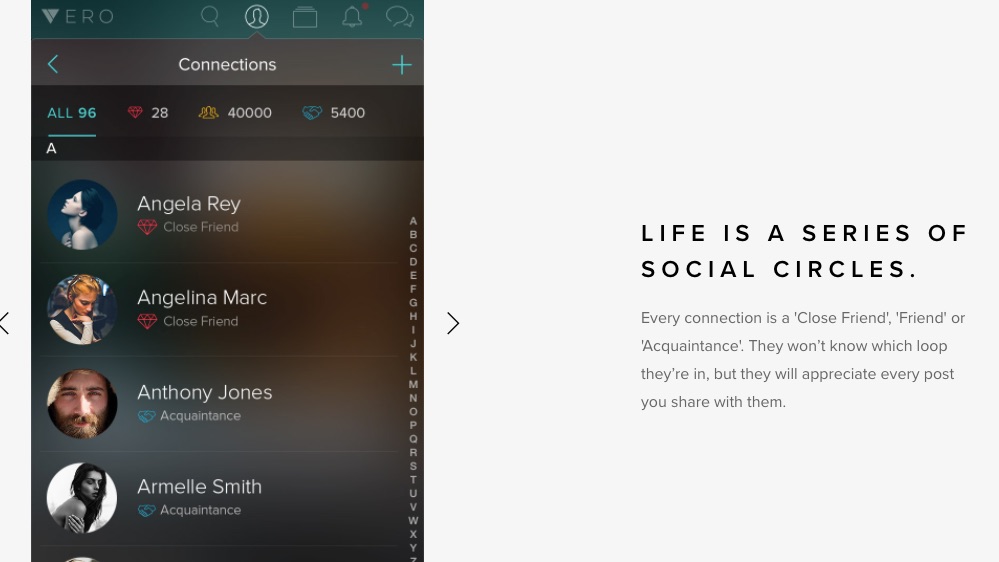
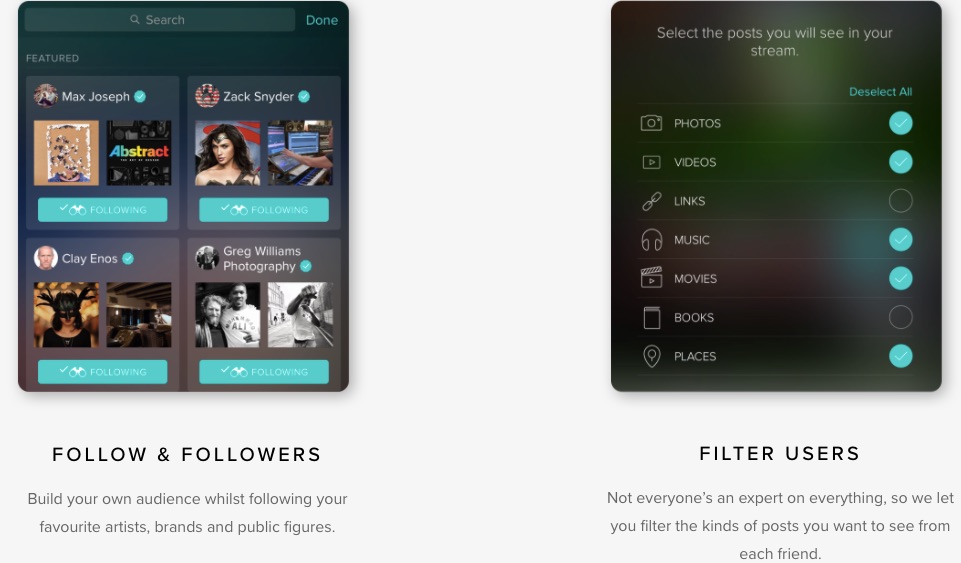
No comments:
Post a Comment